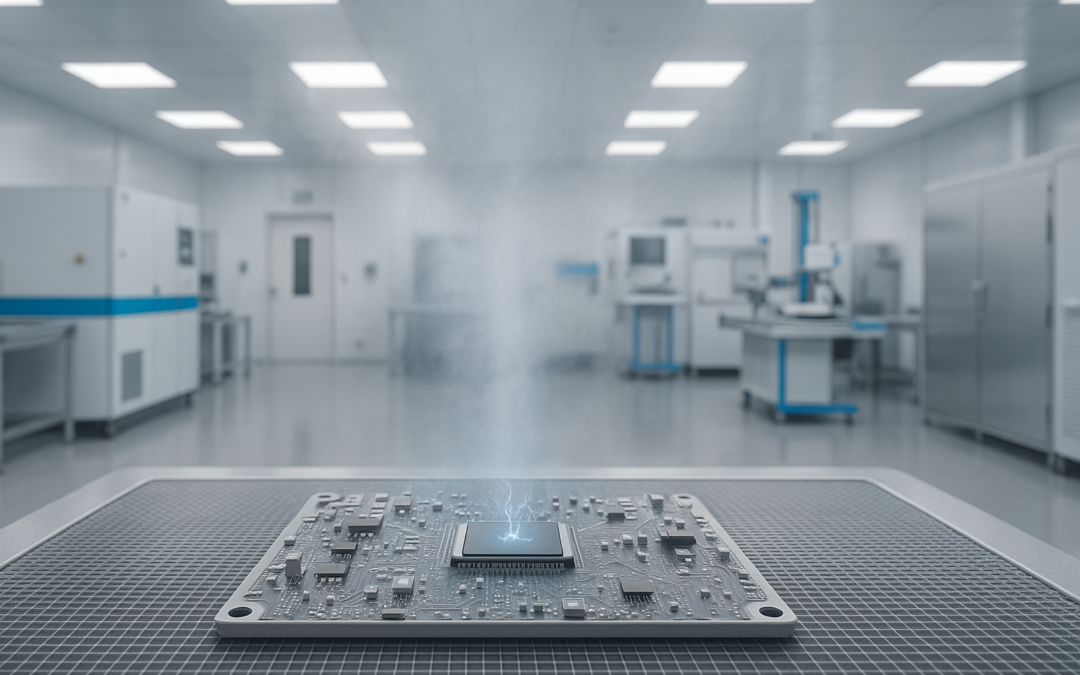Do you work in the printing industry? If so, you should take a proactive approach towards monitoring the humidity levels in your workplace. Allowing airborne water vapor (or lack of it) to remain unchecked can have disastrous and costly consequences.
How To Measure Humidity In The Printing Industry
Humidity can be measured in several different ways, the most common being relative humidity (RH). This measurement is the amount of moisture vapor in the air that’s needed for saturation at the given temperature. Warm air expands, meaning it’s able to hold less moisture; thus, lowering the relative humidity. Technical jargon aside, relative humidity is typically the preferred measurement used when determining the humidity inside a workplace.
Problem #1) Pages Sticking Together
One all-too-common problem associated with low humidity in the printing industry is the possibility of pages sticking together. This phenomenon is caused by static electricity holding pages together. In turn, the risk of paper jams and paper ejection malfunctions increases. Environments with a low relative humidity often experience greater concentrations of static electricity since there’s not enough moisture vapor to disperse the electrical charges. These charges then attach themselves to objects such as paper, opening up a whole new world of problems.
Problem #2) Faded, Discolored Ink
Another problem is the potential for light and/or faded ink. Whether your business revolves around printing or not, you probably want your pages to come out crisp and clear. Unfortunately, low humidity can alter the ink’s color, making it appear light, faded, or even discolored. Ink cartridges are designed to work best in environments with a relative humidity of 40-50%. When the relative humidity drops below this amount, there’s an inherit risk of the ink drying out, at which point it will no longer perform as intended.
Ghosting
No, I’m not referring to the supernatural. In the world of printing, “ghosting” refers to words, phrases, letters, or other objects repeating multiple times throughout the page in even intervals. Upon receiving printed goods with ghosting, most business have no other choice than to throw them away.. This causes the inconvenience of spending additional time and money to reprint them.
Protect Your Printing Equipment With a Humidifier
There’s a simple way to protect your printing equipment from the damaging effects of low humidity: invest in a commercial-grade humidifier. A proper humidifier will keep tabs on the surrounding humidity and release additional water vapor into the air when needed.





